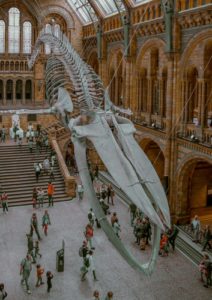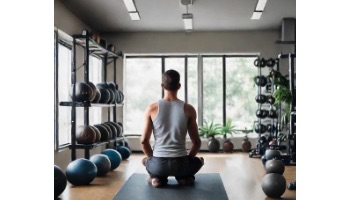 A common concern for senior citizens is bone density, with good reason. As people live longer, hoping to pursue their passions for as long as possible, basic health and fitness is more important than ever. Can exercise help maintain or even raise bone density? If so, what are the best exercises?
A common concern for senior citizens is bone density, with good reason. As people live longer, hoping to pursue their passions for as long as possible, basic health and fitness is more important than ever. Can exercise help maintain or even raise bone density? If so, what are the best exercises?
Does Exercise Maintain Bone Density?
Fortunately, this question is relatively straight-forward. A sufficient amount of research exists to support the idea that yes, exercise helps maintain bone density.1 However, the second and arguably more important question – what forms of exercise are best – is not so easily answered.
Which Exercises Are Best For Maintaining Bone Density?
It is hard to nail down what exercises are best because bone regulation in the human body is affected by a lot of different things. Age, gender, nutrition, and genetics play a role right from the outset. On top of that, exercise has at least two important mechanisms in play simultaneously: mechanical stress (load acting on bones) and hormonal changes.2 All of these confounding factors help explain why we get hazy, and sometimes even contradictory results in the research. Consider three common prescriptions for bone density building exercise:
Weight Training
There is plenty of research on weight training’s effect on bones, and much of it supports the idea that it is positive. However, the studies become less clear when we start looking specifically at types of weight training. Some studies suggests that high loads (70% or more of a persons’ maximum) produce the desired effect and should be used. Other research, however, has shown benefits of low load with high repetition – albeit, very high (800 total reps per workout session).3
Impact Training
Another widely touted method for increasing bone density is impact training. This can be anything from fast walking and running, to jumping rope, to hopping, to plyometrics. A potential weakness in this research is that it is often accompanied by other forms of exercise like aerobic and muscular endurance training. As of now, there does not appear to be a solid body of work involving strictly controlled high impact experiments, so it is difficult to separate high impact from exercise in general. 4
Vibration Training
A more novel approach to bone density is vibration training. This involves standing on a vibrating machine or using some other piece of vibrating equipment. Currently, evidence is a bit too limited to definitively say whether vibration training works. Interestingly though, if it does work, it may come down to the type of vibration. Some research has shown that vertical vibration does not improve bone density while rotational vibration does. More studies will be needed before we can say for sure.5
Your Best Bet Is Exercise, Period
The uncertainty can be maddening, but there is also good news here. Research does seem to indicate that exercise in general is good for bone health. There might be a couple of reasons for this. First of all, because hormones affect bones and exercise affects hormones, any form of exercise might be of benefit. If true, that would explain why high load, low rep weight training was shown to be effective in one study while at the same time, low load, high rep was shown to be effective in another. Secondly, a lot of different exercise modalities have been shown to help reduce the risk of falling, which is one of the main causes of bone fractures. Since fractured bones are ultimately what we are trying to avoid anyway, that alone would make exercise worth it.
Until we know more, the ultimate conclusion here is that you need to be moving, but you probably have a bit of leeway in what you choose.
Caveats
There are important caveats to this philosophy. Remember that nutrition plays a significant role in bone health, so don’t try to outrun a poor diet with exercise, especially if you have osteopenia or osteoporosis. Also bear in mind that an over-stressed body can tear itself down. Too much exercise and too little recovery will not be helpful in maintaining healthy bones. Also, since it is ultimately unclear what exercise is best, it makes sense to diversify a bit. Putting all your eggs in one basket is usually not the way to go, and that’s true here as well. Finally, bone health is a medical issue, so whatever you do should be in concert with your doctor’s recommendations. You can’t replace the medical expertise brought by a physician who knows you and your complete health history.


